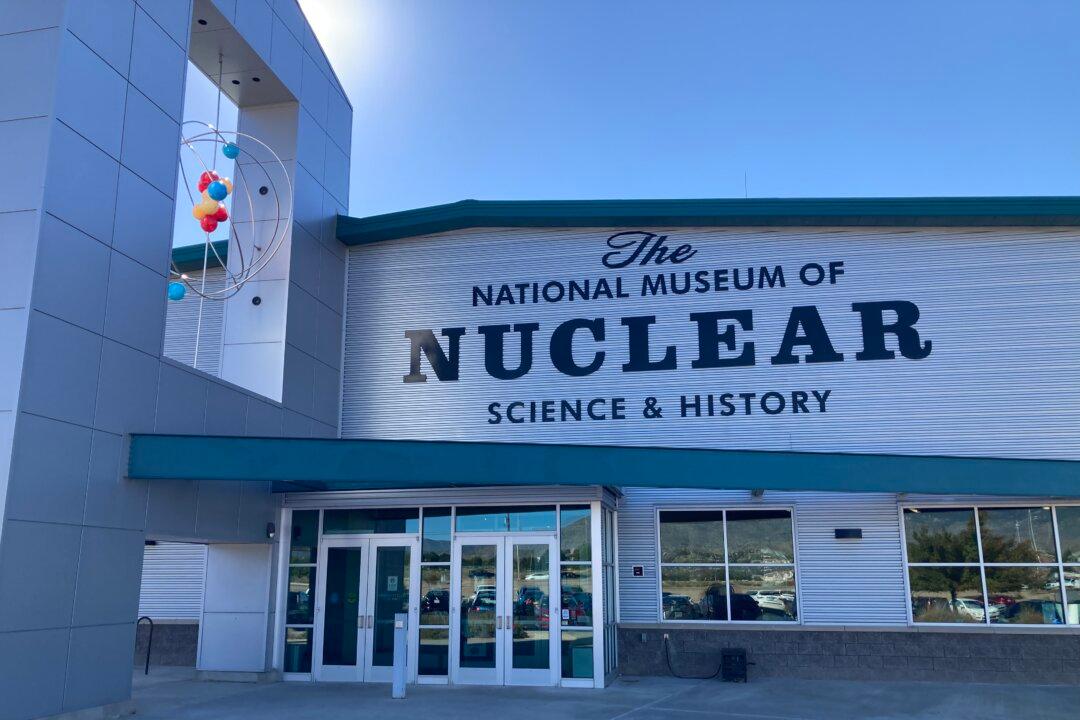More than half a century after physicist Alvin Weinberg first demonstrated a thorium molten-salt reactor at Oak Ridge National Laboratory, a global thorium renaissance may be underway.
At least that’s what the Thorium Energy Alliance (TEA) hopes. TEA’s eleventh conference, held in Albuquerque, New Mexico, brought together engineers, entrepreneurs, and enthusiasts who believe thorium reactors could become a safer, generally superior alternative to conventional light-water nuclear reactors—though not overnight.





